STEPS
TOOLS
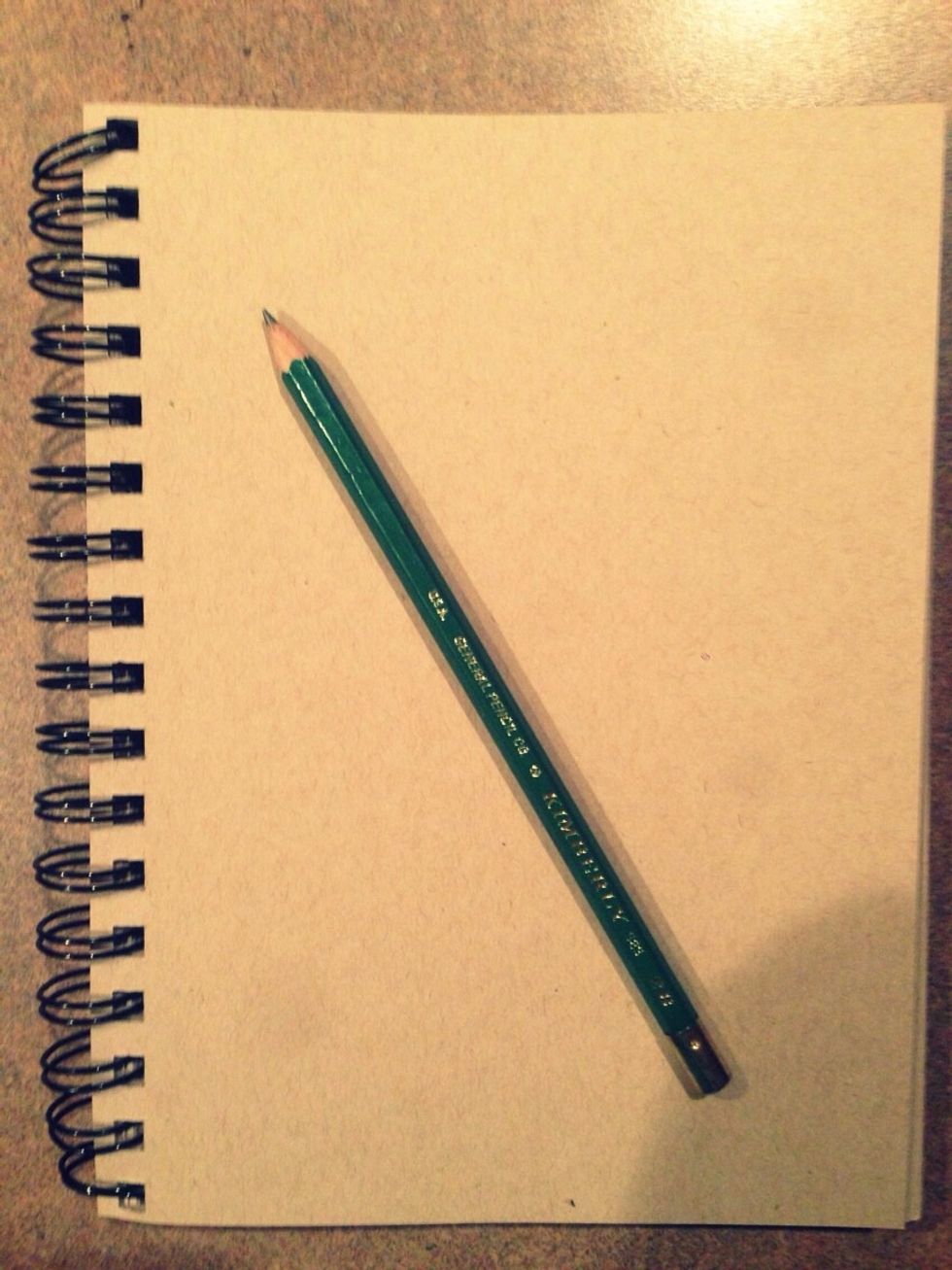
Start with your 2B pencil, (Or a regular pencil, just sketch lightly.) and a piece of toned or colored sketch book paper.
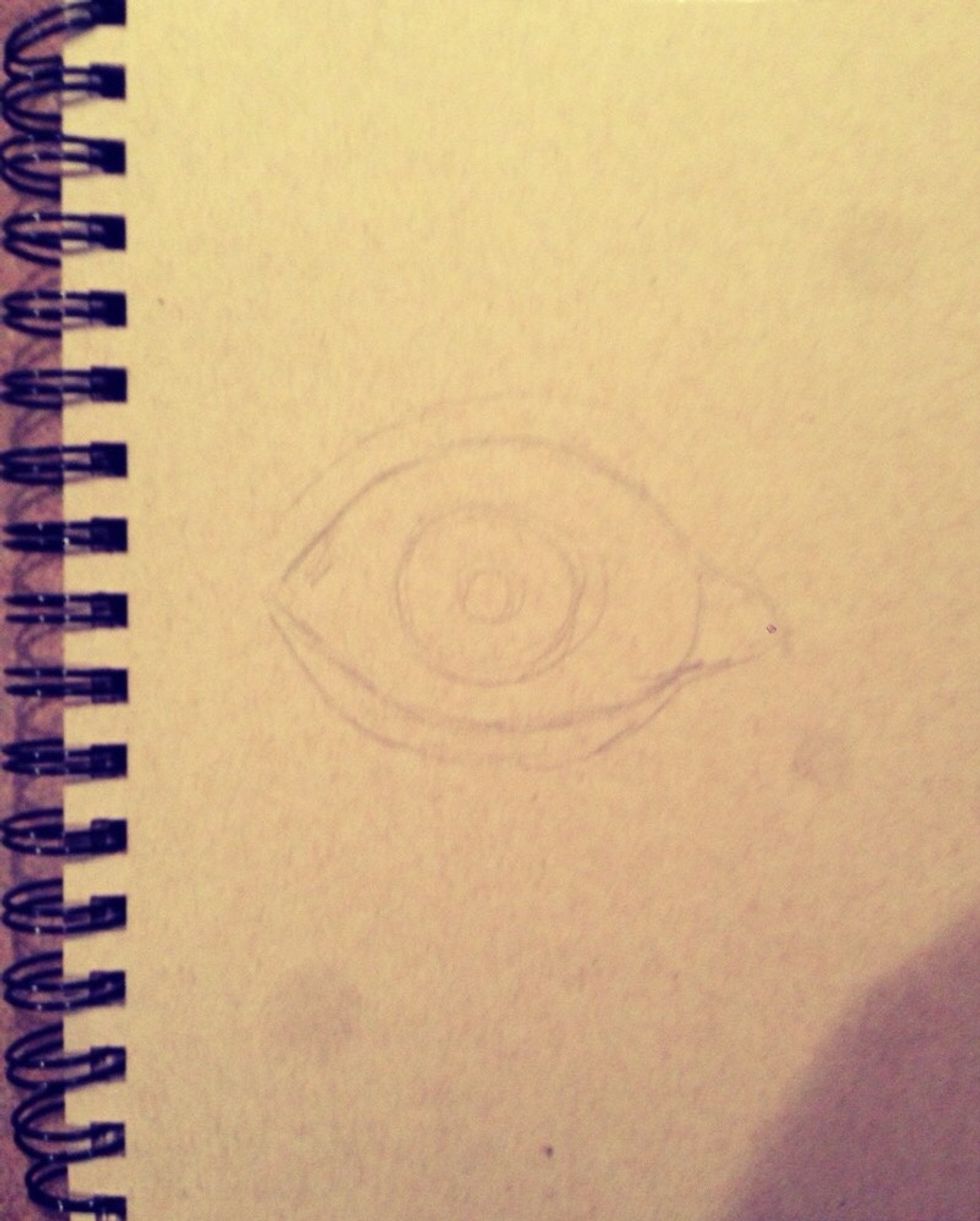
Very lightly sketch the shape of the eye. An eye's shape resembles an a-symmetrical lemon, if you have trouble drawing this, look up a reference of an eye on line.
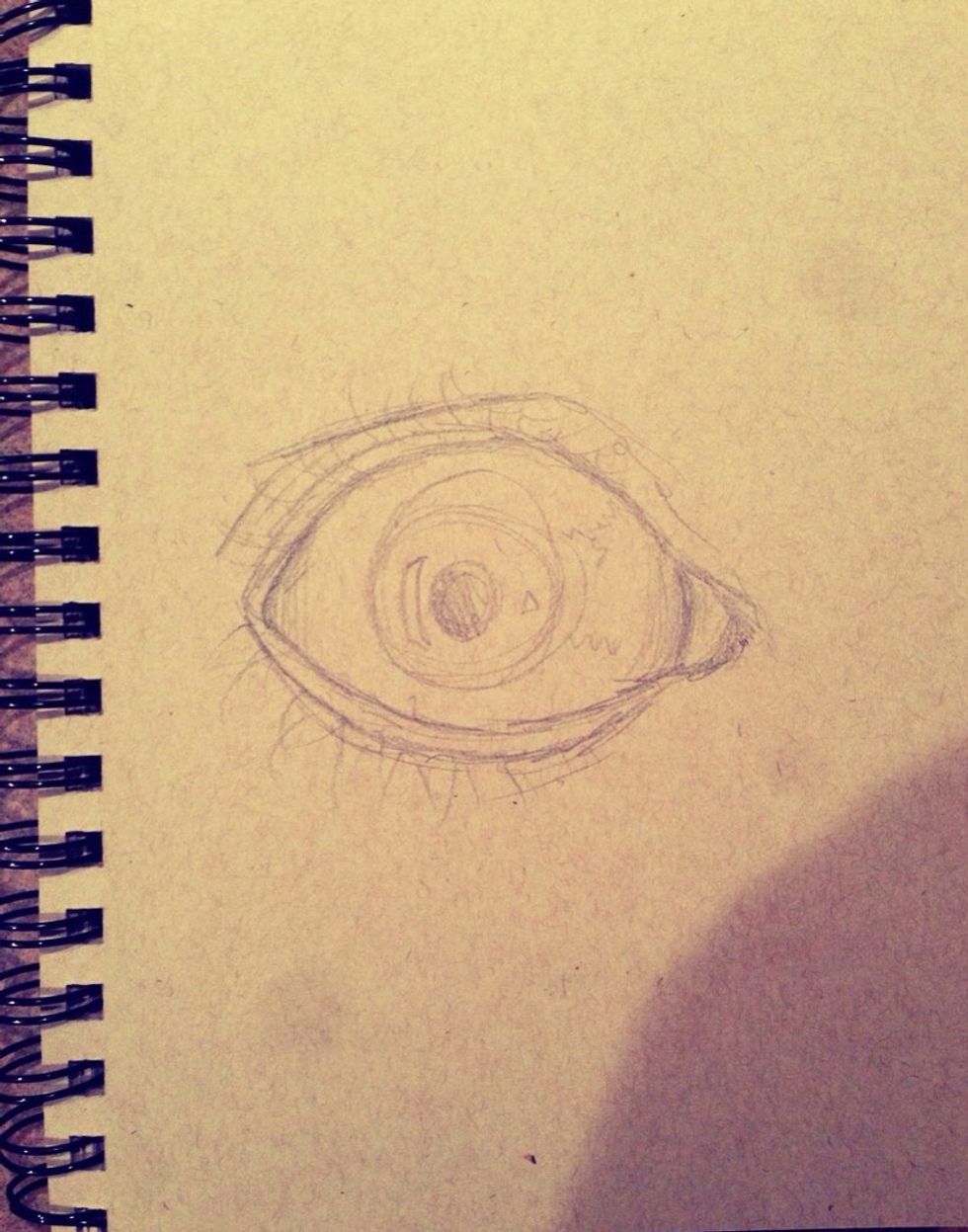
Darken the sketch, and draw the pupil, a surprised eye's pupil does not touch the top or bottom eye lid, and this will help express the emotion.

Using your white charcoal, shade in the whites of the eyes and the highlights in the iris.
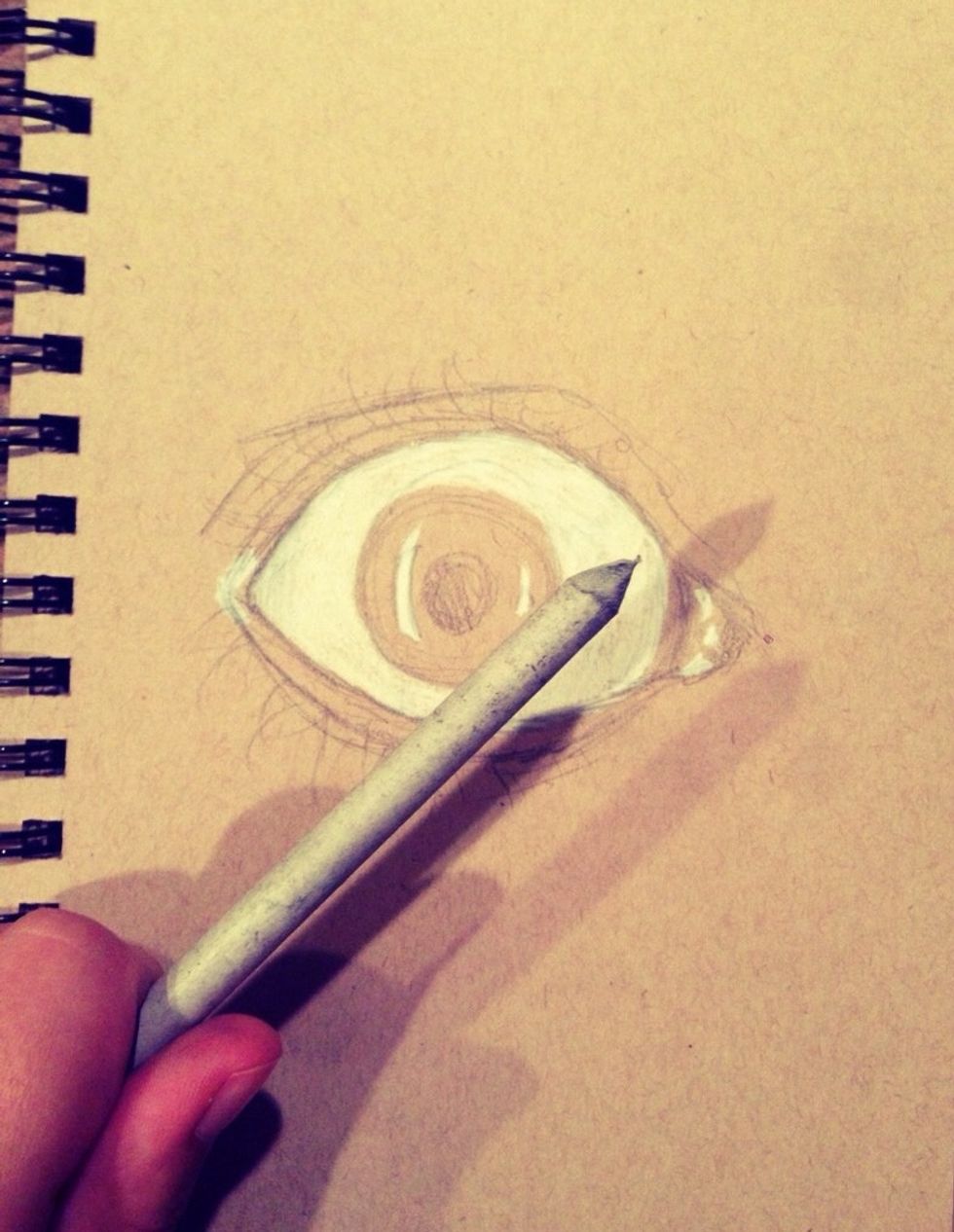
Using your blending stump, (Or finger if you do not have one.) smooth the whites of the eye out, and blow away the excess charcoal.
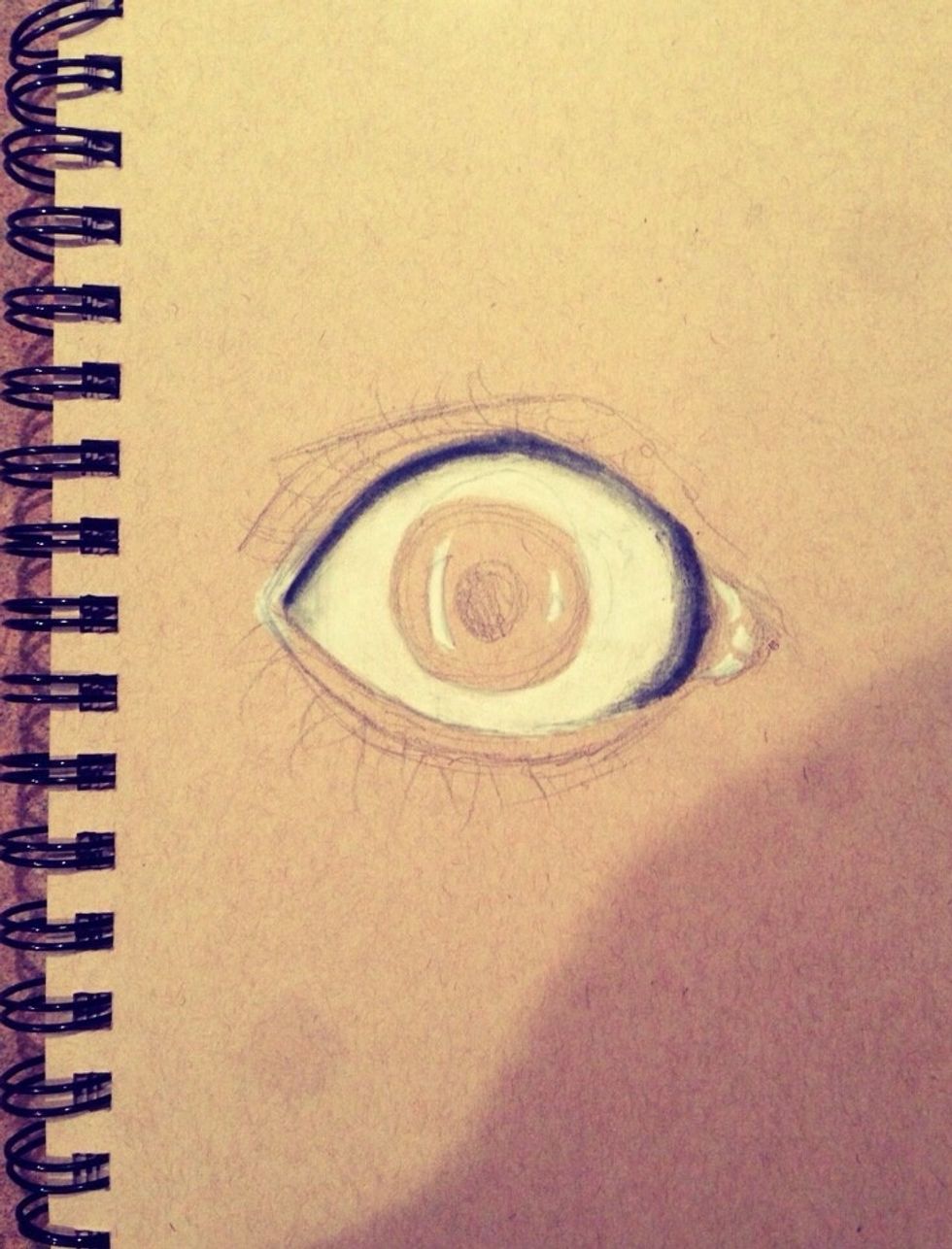
Using your vine charcoal, shade the shadow of the top eyelid, on to the eyeball. This will help create the 3D aspect of the eyeball.

Keep shading around the edge of the eyeball to create the 3D aspect, and shade in the pupil. The pupil is the darkest part of the eye, so make sure it's solid black with the exception of highlights.
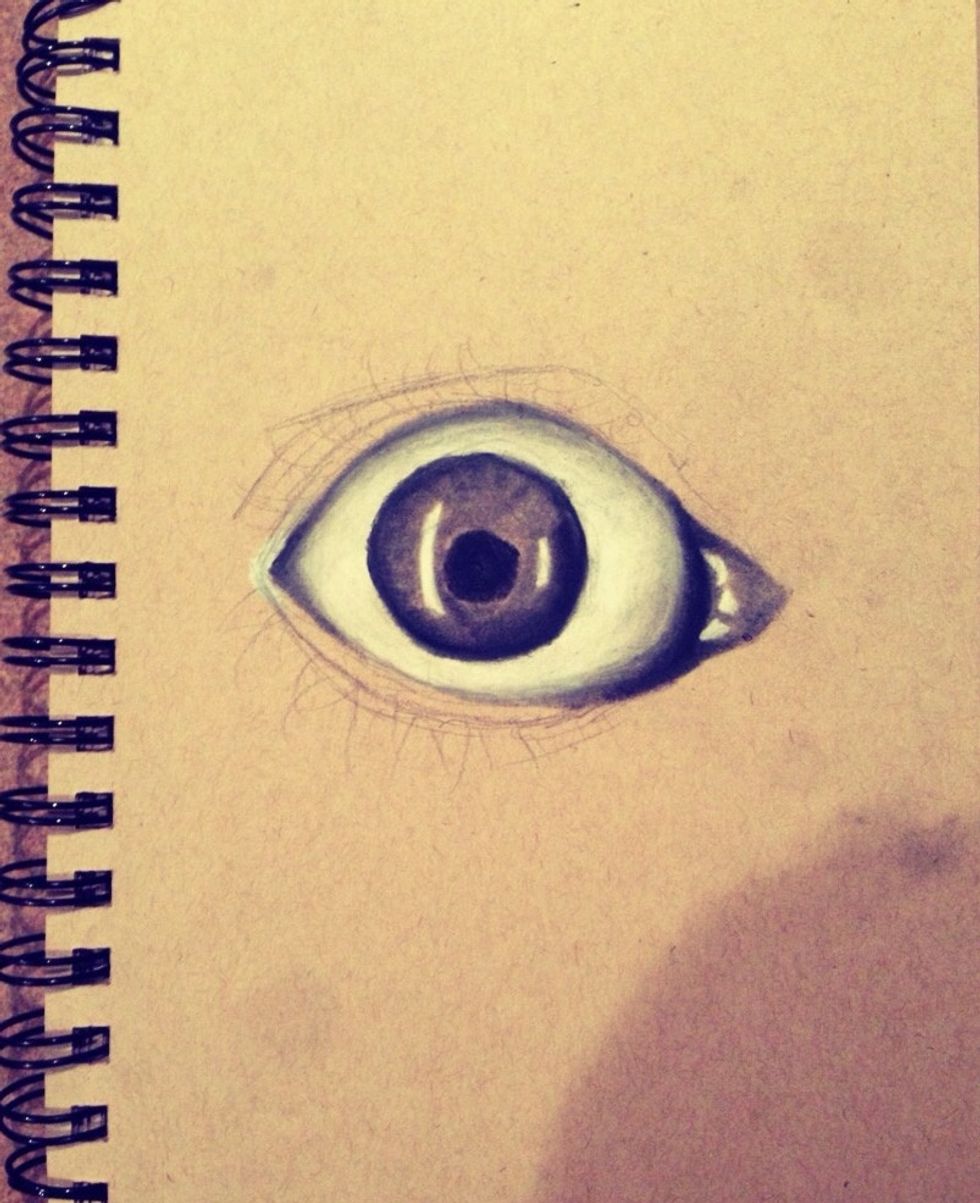
Shade in the iris, and blend to create a smooth glassy look, with the blending stump, blend the shadows around the edges of the eye into the white to create a smooth transition.
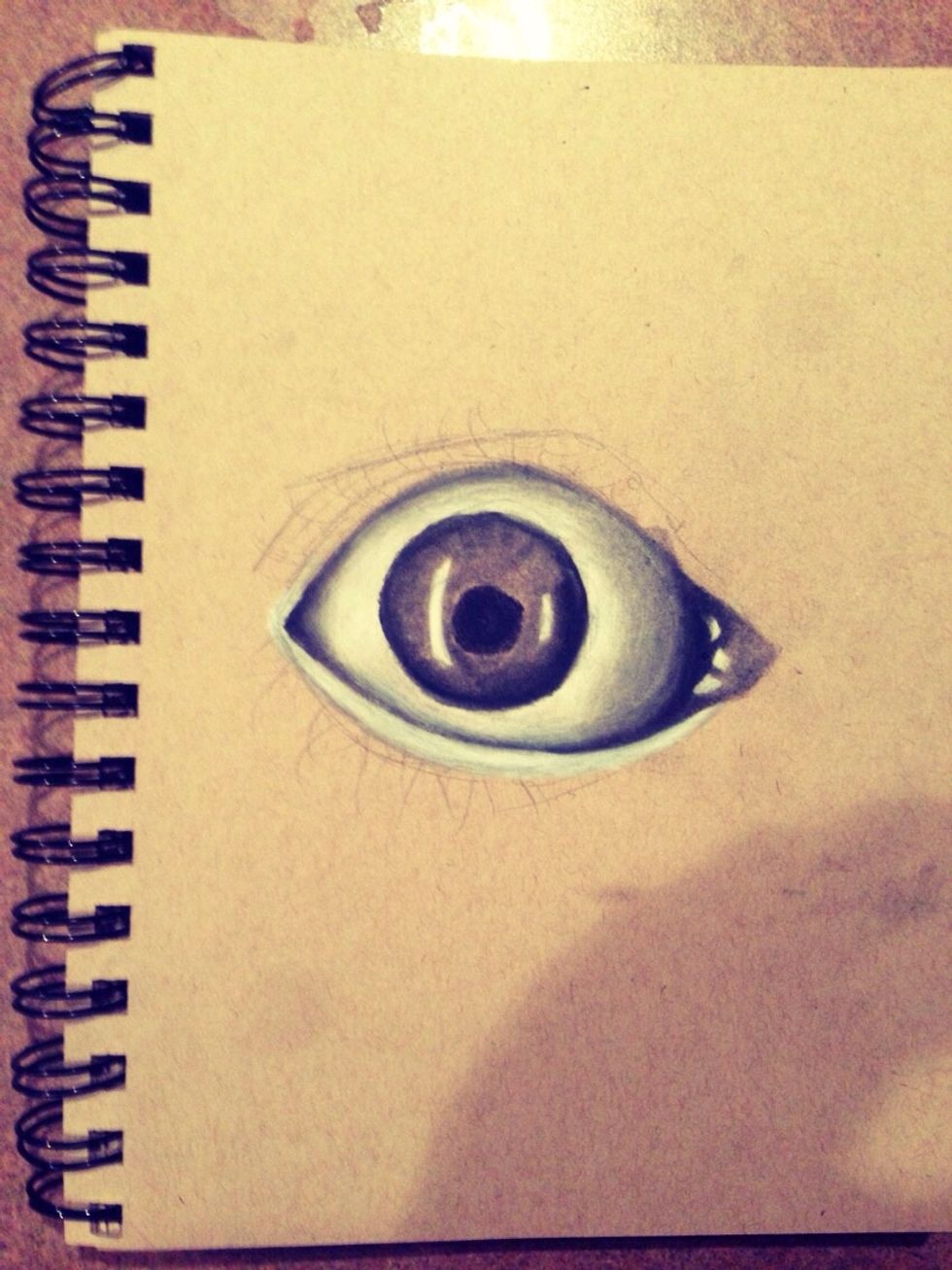
Create the waterline of the eye by making a thick white line right below the edge of the eye.

To create realistic shading, add a black edge to the waterline, and blend.
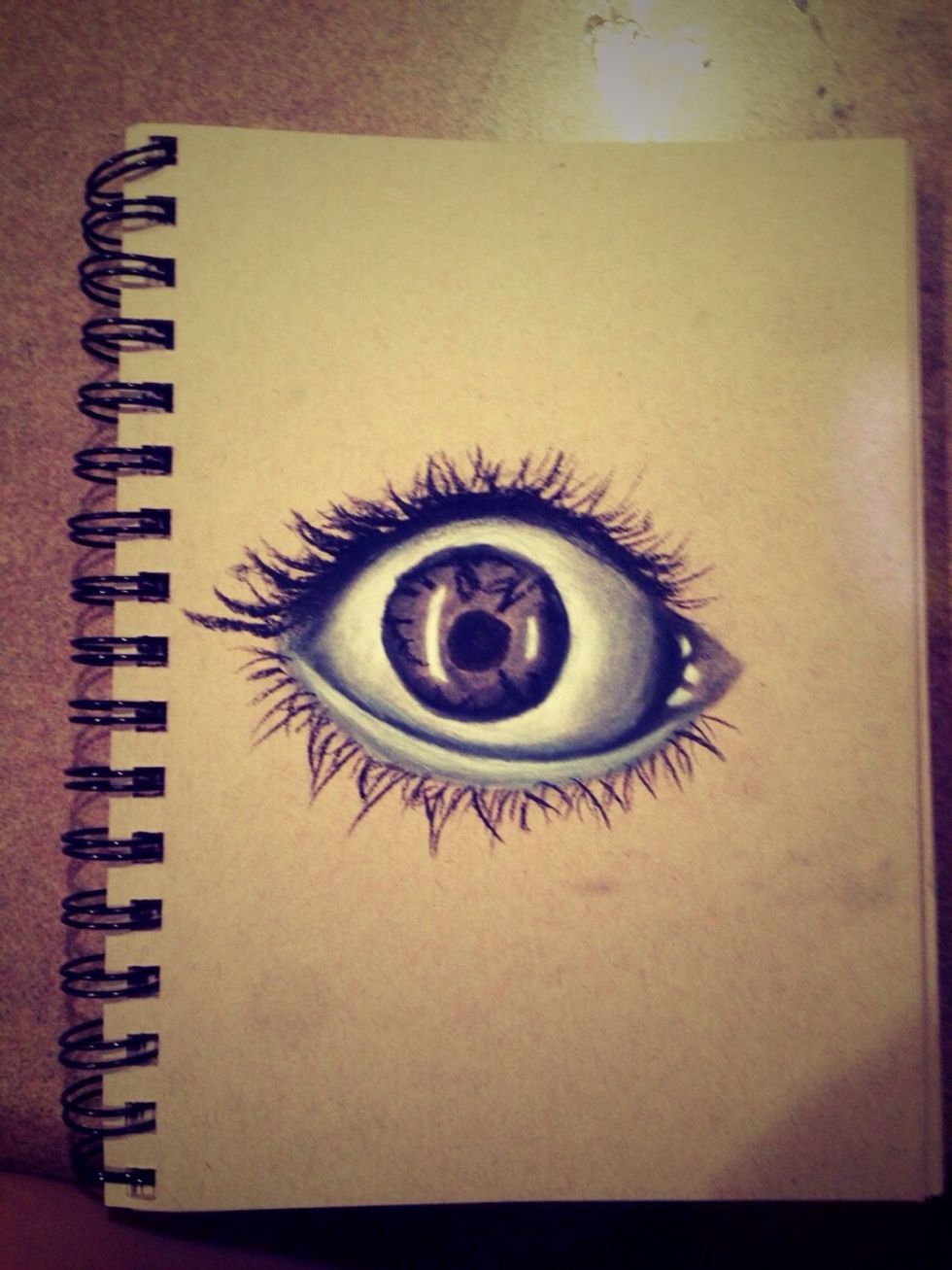
Add eyelashes to the top and bottom eyelids. To effectively do so, draw with a single angled swipe. Keep in mind that eyelashes are thin and get thicker towards the base of eye, and they also overlap.
- 1.0 2B Pencil
- 1.0 Eraser
- Black Vine Charcoal
- Black Stick Charcoal
- White Charcoal
- 1.0 Blending Stump
- 1.0 Toned Sketch Book Paper
The Conversation (0)
Sign Up